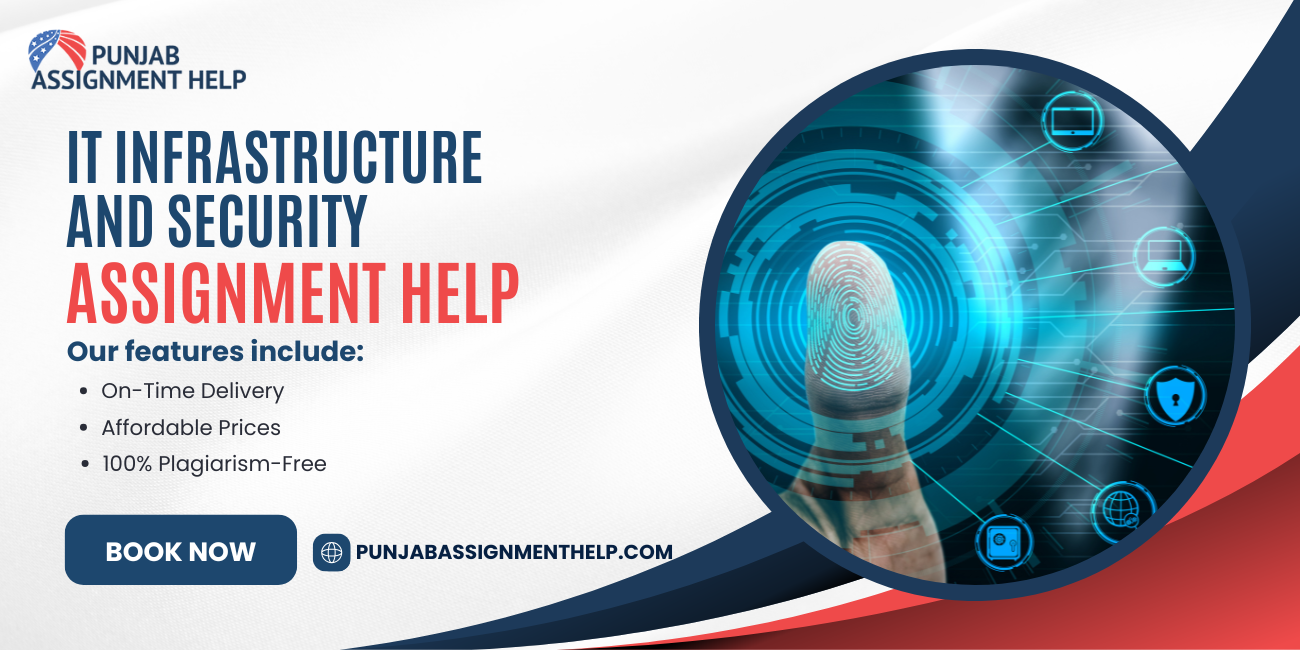
Assessment type:Individual assignment. Submit online via Canvas→Assignments→Assignment 1.Marks awarded for meeting requirements as closely as possible. Clarifications/updates may be made via announcements/relevant discussion forums. | |
| Due date:Week 7, Friday 18Apr23:59PM Assignments received late and without prior extension approval or special consideration will be penalised by a deduction of 10% of the total score possible per calendar day late for that assessment. |
| Weighting:100 points (Contributes 40% of total mark) |
The objective of Assignment 1 is to evaluate your knowledge on the topics covered by Lecture 1-5.You are required to prepare the solutions (recording if required, and reports with screenshots + explanations). Then upload them as a single ZIPto CANVAS.
This assessment is relevant to the following course learning outcomes:
You must follow the following special instructions:
This assessment will determine your ability to:
After the due date, you will have 5 business days to submit your assignment as a late submission. Assignments received late and without prior extension approval or special consideration will be penalised by a deduction of 10% of the total score possible per calendar day late for that assessment.
Please ensure that you have read Sections 1 to 4 of this document before going further. Assessment details are provided in the next page.
Section1: Security Principles(20 marks)
We discussed the following security principles in lecture.
| A. Know your threat model: Know your attacker and their resources; the security assumptions originally made may no longer be valid | G. Privilege separation: Segmenting a system into components with the least privilege needed can prevent an attacker from taking over the entire system |
| B. Consider human factors: Security systems must be usable by ordinary people | H. Ensure complete mediation: Make sure to check every access to every object |
| C. Security is economics: Security is a cost- benefit analysis, since adding security usually costs more money | I. Consider Shannon’s Maxim: The security of a mechanism should not depend on the secrecy of its design or implementation |
| D.Detect if you can’t prevent: If one cannot pre- vent an attack, one should be able to at least detect when an attack happens | J. Use fail-safe defaults: If security mechanisms fail or crash, they should default to secure behavior |
| E.Defense in depth: Systems should be built with security protections at multiple layers | K. Design in security from the start: Retrofitting security to an existing application after it has been developed is a difficult proposition |
| F. Principle of least privilege: Users and programs should only have access to the data and resources needed to perform routine, authorized tasks |
Analysing the following five scenarios. Identify the principle(s) relevant to each scenario and provide a brief justification.(Note: there may be more than one principle that applies in some of these scenarios.)
Q1.1 (4 marks) New cars often come with a valet key. This key is intended to be used by valet drivers who park your car for you. The key opens the door and turns on the ignition, but it does not open the trunk or the glove compartment.
Q1.2 (4 marks) Warranties on cell phones do not cover accidental damage, which includes liquid damage. Unfortunately for cell phone companies, many consumers who accidentally damage their phones with liquid will wait for it to dry, then take it in to the store, claiming that “it broke by itself”. To combat this threat, many companies have begun to include on the product a small sticker that turns red (and stays red) when it gets wet.
Q1.3 (4 marks) MyGov website often makes you answer your security questions over the phone. Answers to these questions are “low entropy”, meaning that they are easy to guess. Some security-conscious people instead use a random password as the answer to the security question. For example, Q: “What is your dog’s maiden name?”. A: “60ba6b1c881c6b87”. However, attackers can sometimes convince the phone representative by claiming “I just put in some nonsense for that question”.
Q1.4 (4 marks) Tesla vehicles come equipped with "Sentry Mode" which records footage of any break-ins to the vehicle and alerts the vehicle owner of the incident.
Q1.5 (4marks) Even if you use a password on your laptop lock screen, there is software that lets a skilled attacker with specialized equipment bypass it.
Section 2:Binary system(20 marks)
Binary system and bit-level operations are foundation of an IT system.In this section, you will practice your skills for calculations in binary system.
Q2.1 ASCII and Hexadecimal (5 marks)Convert your full name (with blank space) to ASCII codes and represent them in Hex format. For example, suppose your full name is ‘Jane Doe’, the ASCII in Hex are ‘4A 61 6E 65 20 44 6F 65’. Demonstrate your steps of conversion using ASCII table.
Q2.2 Bit-level and logical (5 marks)De Morgan’s Law enables one to distribute negation over AND and OR. Given the following expression, complete the following table to verify for the 4-bit inputs. ~(x & y) == (~x) | (~y). Demonstrate your steps of calculation.
| x | y | ~(x & y) | (~x) | (~y) |
| x1 (first 4-bit hex of your first name) | y1 (first 4-bit hex of your last name) | ||
| x2 (second 4-bit hex of your first name) | y2 (second 4-bit hex of your last name) |
Q2.3 Bit parity (5 marks)Let’s determine whether a number has an even number of 1-bits or an odd number. You can use any logical operators and 8 operations at maximum. Return a 0 if there’s an even number and 1 if odd. Afterwards, please use the first 4-bit hex of your first name as x to verify your logical operations. Demonstrate your steps of calculation.
int bitParity4bit(int x) { int mask = ___________; int halfParity = ___________; int mask2 = ___________; return ______________________; } |
Q2.4 Bit count (5 marks)Let’s count how many bits are set in a number. You can use any operators and 8 operations at maximum. Afterwards, please use the first 4-bit hex of your first name as x to verify your logical operations. Demonstrate your steps of calculation.
int bitCount4bit(int x) { int mask = ___________; int halfSum = ___________; int mask2 = ___________; return ______________________ ; } |
Section 3: Data protection(30 marks)
In this task, we will play with the cryptographic techniques in different modes during data storage and transmission. Write a report for the following sub-questions with screenshots and explanations, as well as a video recording to demonstrate all processes.
Q3.1 (10 marks)In this task, we will generate two different files with the same MD5 hash values. using the md5 collgen program (you can download from Canvas), which allows us to provide a prefix file with any arbitrary content. The way how the program works is illustrated in Figure 1. Please generates two output files, out1.bin and out2.bin, for a 64 bytes prefix file prefix.txt. Afterwards, please also use the md5sum command to check the MD5 hash of each output file. Are the data (128 bytes) generated by md5collgen completely different for the twooutput files? Please identify all the bytes that are different?Tips - command for using md5collgen: $ md5collgen -p prefix.txt -o out1.bin out2.bin

Figure 1. MD5 collision generation from a prefix
Q3.2 (10 marks)In the previous task, we have successfully created two files that have the same MD5 hash, but their contents are different. Assume the files are two different programs, a good one, and a malicious one. Assume that you have created a software which does good things. You send the software to a trusted authority to get certified. The authority conducts a comprehensive testing of your software, and concludes that your software is indeed doing good things. The authority will present you with a certificate, stating that your program is good. To prevent you from changing your program after getting the certificate, the MD5 hash value of your program is also included in the certificate. You would like to get your malicious software certified by the authority. Can you briefly discuss a scenario how to leverage the above MD5 hash collision to bypass the check and get your malicious program certified?
Q3.3 (10 marks)The provided file pic original.bmp contains a simple picture (you can download from Canvas).We would like to encrypt our data, so people without the encryption keys cannot know what is in the picture. Please use the opensslcommand with 128 bits key to encrypt and decrypt the image file original.bmp with KEY_1 and IV_1in the AES ECB (Electronic Code Book) andAES CBC (Cipher Block Chaining) modes.To see the manuals,you can type man opensslandman enc.
An encryption key KEY_1 and initial vector IV_1 defined by your student No. Suppose your student No. is ‘s3123456’, then the KEY_1 = ‘aa33112233445566aa33112233445566’ and IV_1 = ‘0a030102030405060a03010203040506’.

Figure 2. Picture original.bmp. Please download from Canvas.
Section 4:Network and firewall (30 marks)
Suppose Figure3 depicts the environment of your home network. There are three machines (seed-attacker, Host A, Router) that are connected to the same LAN10.9.0.0/24. Besides, there are three machines that are connected to the same router on the internal network 192.168.60.0/24.

Figure 3. Environment setup
Write a report for the following sub-questions with screenshots and explanations, as well as a video recording to demonstrate all processes.Note: use the command $ docker system prune when encountering the error “Cannot create the container for service attacker: Conflict. The container name "/seed-attacker" is already in use …”
Q4.1 (5 marks)Write Linux commands to show your attacker’s network interface name (unique network ID) and random serial numberassigned by Docker.
Q4.2 (5marks)Use Wiresharkto capturethe telnet packets sent between Host 1 (192.168.60.5)and Host 2 (192.168.60.6).Identify and show the packets for TCP three-way handshake.
Q4.3 (5 marks)Draw the figure to illustrate and analyze the TCP three-way handshake protocols using the above sniffed packets.
Q4.4 (5 marks)Setup a stateless firewall rule to prevent the router ping outside machines with IP_1. IP_1 is defined by the last four digits of your student No. Suppose your student No. is ‘s3123456’, then the IP_1 is ‘3.4.5.6’Demonstrate your protection succeeds and briefly describe your protection.
Q4.5 (5 marks)Setup a stateless firewall rule to prevent the outside machines with IP address 8.8.8.8 from echoing back the ping request from the router. Demonstrate your protection and briefly describe your protection.
Q4.6 (5 marks)Setup stateful firewall rules to 1) block internal hosts in 192.168.60.0/24 and run a telnet session that connects to outside hosts, 2) allow outside hosts only access the telnet server on 192.168.60.5, not the other internal hosts, and 3) block all other packets. Demonstrate your protection and briefly describe your protection.
Academic integrity is about the honest presentation of your academic work.It means acknowledging the work of others while developing your own insights, knowledge and ideas.
You should take extreme care that you have:
. Acknowledged words, data, diagrams, models, frameworks and/or ideas of others you have quoted (i.e.,directly copied),summarised, paraphrased,discussed or mentioned in your assessment through the appropriate referencing methods
If you do not acknowledge the sources of your material, you may be accused of plagiarism because you have presented the work and ideas of an other person without appropriate referencing,as if they were your own.
RMIT University treats plagiarism as a very serious offence constituting misconduct. Plagiarism covers a variety of inappropriate behaviours, including:
For further information on our policies and procedures, please refer to the University website.
When you submit work electronically, you agree to the assessment declaration.


Get original papers written according to your instructions and save time for what matters most.